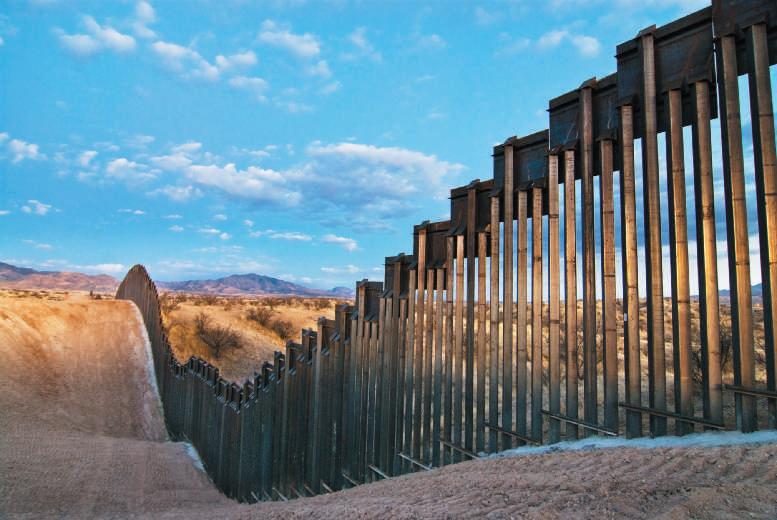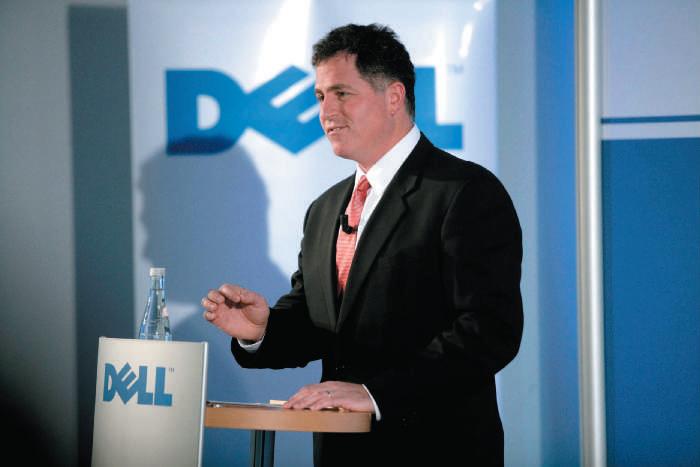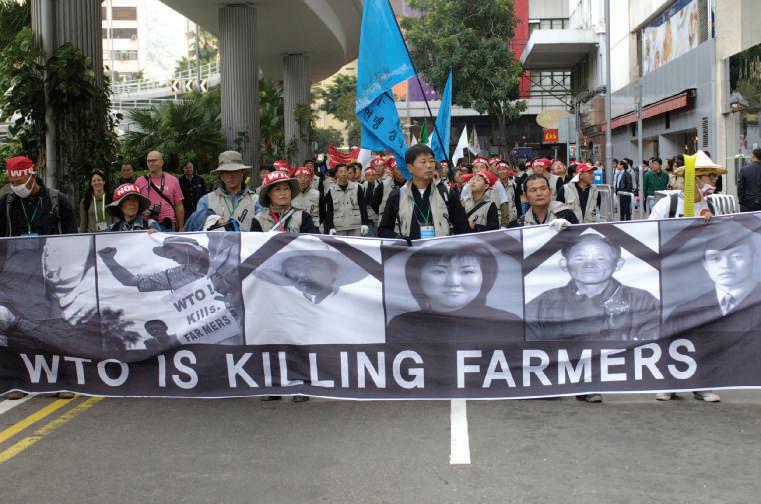176
C h a p t er 7 C orr u p t i o n a n d E t h i cs i n G lo b a l B u s i n ess
LO-4 Recount the events in some of the more infamous corporate financial scandals.
7-4 Financial Scandals Corporate financial scandals are nothing new; they are as old as corporations. The East India Company, chartered in 1600 by Queen Elizabeth I, was involved in financial controversies regarding its occasional inability to clearly identify corporate profits and losses associated with its expeditions.9 More recent scandals have often led to investors’ loss of confidence in the stock market and in the reliability of corporate financial reports. In some countries, the legislatures have enacted new laws concerning fraud and corporate financial reporting. Some of the most infamous corporate financial scandals of the recent past decade include Enron, WorldCom, Vivendi, and Parmalat. These and others are briefly described next.
7-4a Enron
AP Images/David J. Phillip
Enron Corporation is considered by many to be the most infamous financial scandal in U.S. history. The Enron scandal caused people to question the reliability of the financial reporting practices of publicly traded corporations. Enron was a key event leading the U.S. Congress to pass a new federal securities law, the Sarbanes–Oxley Act of 2002, often referred to as SOX. (SOX will be discussed in more depth later in the chapter.) Before its collapse in late 2001, Enron was a highly regarded energy company located in Houston, Texas. The company’s bankruptcy, which was the largest in U.S. history at the time, resulted in 20,000 individual job losses. Many of these employees also lost their life savings that had been invested in Enron stock. Prior to bankruptcy, Enron was a major global provider of electricity, natural gas, pulp and paper, and communications services. In 2000, corporate revenues exceeded $100 billion. Fortune magazine had identified Enron as “America’s Most Innovative Company” for six years in a row. By the end of 2001, however, Enron had proven to be mostly innovative at “cooking its books.” As explained in the 2005 documentary film Enron: The Smartest Guys in the Room, a great number of the company’s assets and profits were overstated—or in some cases completely fraudulent and nonexistent. Many of the company’s financial obligations and losses were created “offshore” and were not disclosed in the company’s financial statements. Using technically complex accounting transactions between Enron and related companies, Enron was able to remove unprofitable operations from the company’s financial records. Enron’s former CEO, Kenneth Lay, presided over the financial scandal that led to the downfall of Enron Corporation. Lay notoriously sold massive amounts of his Enron stock in late 2001 as the company stock price fell, while at the same time urging company employees to purchase the stock, assuring everyone that the stock price would surge again. The company’s former president, Jeffrey Skilling, led Enron to abuse an accounting The Enron financial scandal was a key event leading the U.S. Congress to pass a new federal securities law, the Sarbanes–Oxley Act of 2002. practice known as mark to market accounting. Copyright 2017 Cengage Learning. All Rights Reserved. May not be copied, scanned, or duplicated, in whole or in part. Due to electronic rights, some third party content may be suppressed from the eBook and/or eChapter(s). Editorial review has deemed that any suppressed content does not materially affect the overall learning experience. Cengage Learning reserves the right to remove additional content at any time if subsequent rights restrictions require it.







































